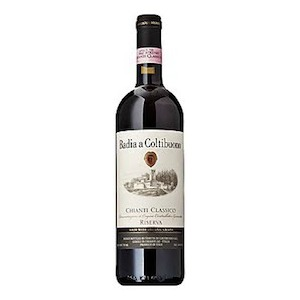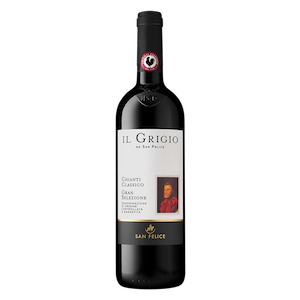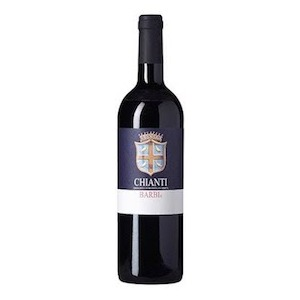
Ciliegiolo is a very old red grape variety grown in Tuscany. Predominantly used as a blending variety in Chianti, but also a few examples of mono varietal Ciliegiolo, particularly in the Maremma.

There is a lot of literature out there, some of which is just speculation. Suggestions that the variety travelled from Spain in the late 1800s don't appear likely given that there doesn't seem to be any genetical links with Spanish varieties. A 2004 convention held by Regione Toscana on Sangiovese, headed by ampelographer Dr José Vouillamoz, revealed that the variety had a genetical relationship with Sangiovese. One of the main characters behind the grape’s recent revival is Leonardo Bussoletti. He’s been working with the University of Milan since 2009 and the collaboration has subsequently revealed up to thirty different clones of Ciliegiolo.
In 2007 two studies emerged that demonstrated a close relationship with Sangiovese. Unfortunately, the studies disputed the exact nature of the link. One suggested that Ciliegiolo and Calabrese di Montenuovo are the parents of Sangiovese. The other study suggests that Sangiovese in fact the parent of Ciliegiolo.
Ciliegiolo likely takes its name from an association with cherries. The Italian word for cherry is ciliegia. There are some suggestions that t variety doesn't really have any synonyms and is known almost exclusively by this name. There are some links out there to it being called Aleatico di Spagna or Ciliegiolo di Spagna but I have never found anyone cultivating it that refers to it as this.
Ciliegiolo is a difficult grape to cultivate. For this reason, production of it has gradually declined. Bunches are generally large and compacted with large cherry shaped berries. Its fleshly berries have small pips.
Ciliegiolo was frequently used as a blending grape for its ability to bring colour, structure and alcohol to the table. It is, depending on the site, often lower in acidity than Sangiovese. This notion sits behind the approach of many producers to vinify Ciliegiolo as a soft and fruit wine for early consumption.
Ciliegiolo can produce beautiful wines. For me, the most enjoyable style is when produced in either stainless steel or concrete and not given any maturation in wood. The variety's natural cherry scented perfumes and soft mouth feel make it an extremely enjoyable wine to drink at lunch time.
As the name suggests, Ciliegiolo's primary aroma is cherry. Beyond this though aromas of plum and spice are common.
The best Ciliegolo wines I have ever tasted are made by Sassotondo. Leonardo Bussoletti is based in Umbria, and his wines are bottled under the little known IGP appellation of Narni. With just four hectares of Ciliegolo, the production is small, but his low intervention approach offers excellent insight into the grape - at least when grown in clay rich soil. Recently I tasted a good example from Fattoria Fibbiano located in the Terre di Pisa DOC.


"Earthy nose, with lush morello cherry, blackberries, sweet spice and tobacco. With time in the glass faint hints of grilled herb come through alongside dried flowers and forest floor. Fairly light on the palate with an attractive rusticity. Soft, lightly chewy tannin draped in dried red fruit and violets. Elegant and polished with a lengthy finish."

